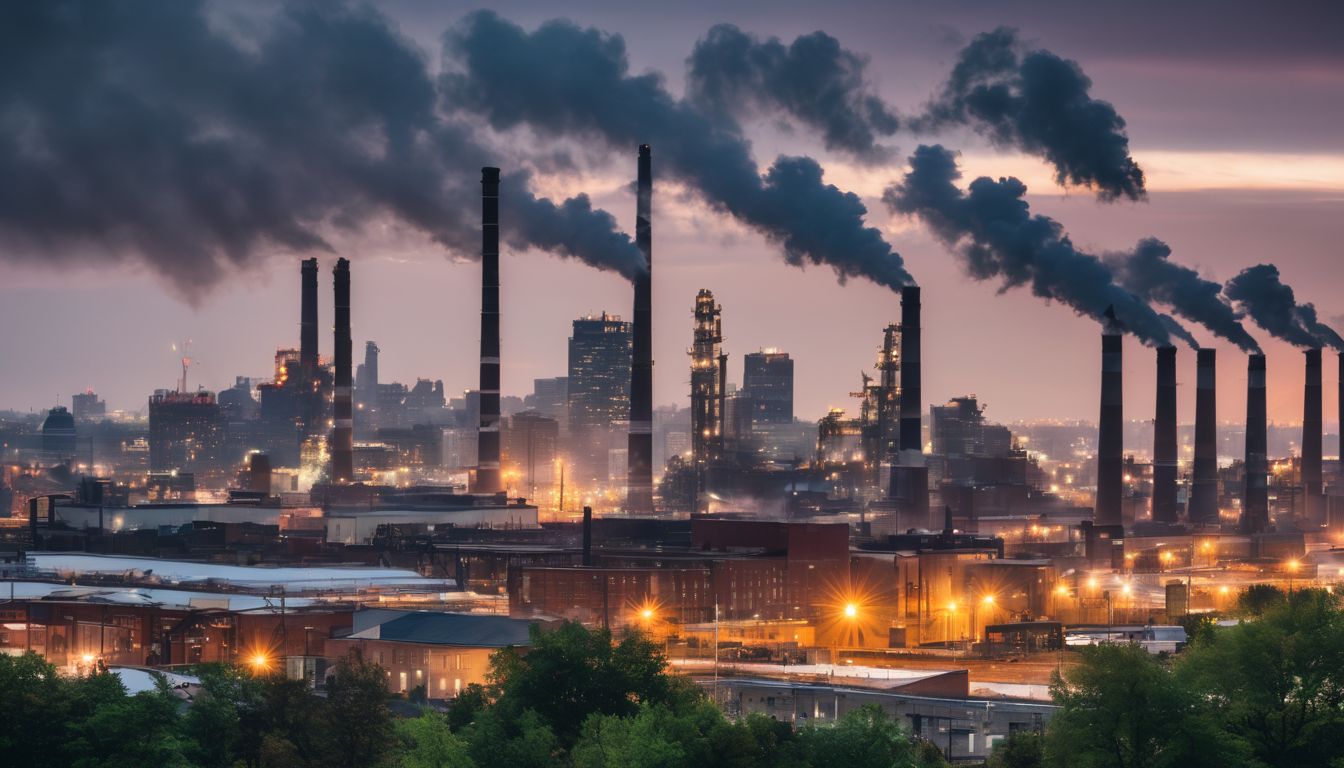As the largest producer of conventional crude oil, synthetic crude oil, natural gas, and gas products in Canada, Alberta is a good place to start in our exploration of climate change throughout the Canadian provinces, much like the series on climate change throughout regions of the United States.
Alberta, Canada Climate Overview
Alberta is the fourth largest province in Canada—225,000 square miles, which is about the same size as Texas—and has a reputation for being home to the most comfortable weather in Canada! During summer months, temperatures are usually about 68 to 77 degrees Fahrenheit. In the wintertime, the lows can be around negative five to negative 13 degrees Fahrenheit.1 The landscape of Alberta is the most variant in Canada, with glacial mountain lakes, rolling foothills, forests, fertile prairies, and desert badlands.
Alberta’s Natural Resources
In addition to its varied landscape, Alberta also has a rich supply of mineral resource deposits. Alberta is the energy capital of Canada—the province supplies Canadian domestic needs and accounts for most of Keystone XL pipeline would continue a pipeline that already runs from Alberta to the Midwestern U.S. down to the gulf of Mexico.
Oil Sands’ Impact
Alberta’s quest to continue the development of its fossil fuel industry has not been without environmental costs. In order to develop tar sands, boreal forests must be clearcut 7 and animals and communities must be exposed to dangerous tailings ponds.8
On top of major greenhouse gas (GHG) pollution challenges.11 Canada has only 0.5% of the world’s population, and yet the country contributes 2% of global greenhouse gas emissions. Oil sands projects account for about 5% of Canada’s GHGs according to a 2008 Canadian Association of Petroleum Producers study. In the next several years, they are expected to increase to 12% and they are the largest single source of rising emissions in the country. As a province, Alberta is the largest GHG emitter in Canada. Alberta only has 10.5% of the country’s population, but it generates 33.2% of the country’s GHG emissions (245.7 Mt, or 70.7 tonnes of GHG emissions per person per year). 12
Climate Change Impacts
As Alberta’s greenhouse gas emissions contribute more and more to water crisis due to increasing regional temperatures and decreasing precipitation.15 Decreasing water levels, combined with changing water chemistry in wetlands, ponds, lakes, and dugouts, means less water for crop irrigation, cattle industry, and general water use in Alberta.16
GHG Reduction Goals
As mentioned above, Canada, and especially Alberta, is among the world’s worst contributors to greenhouse gas emissions . The country has one of the highest GHG emissions per capita in the world. As WWF Canada’s Climate Change Campaign Manager declared: “[n]owhere else on Earth do fewer people steward more resources, yet Canada now stands last amongst the G8 nations in protecting our shared home from the threat of dangerous climate change.”17
To address this shameful fact, the province of Alberta has passed a number of measures to help curb carbon emissions. Alberta is proud of having the first provincial climate change plan in Canada. Starting from July 1, 2007 Alberta facilities that emit more than 100,000 tons of greenhouse gases a year will be required to reduce their emissions intensity by 12% under the Climate Change and Emissions Management Amendment Act.18;19 Unfortunately, the provincial plan relies on intensity-based targets (for example, the amount of carbon dioxide produced per Gross Domestic Product output) rather than absolute targets. The plan, therefore, does nothing to reduce absolute emissions before 2020. And while the regulatory system instituted a carbon market to provide flexibility in meeting GHG reduction targets,20 the system rewards credits for carbon capture and storage (CCS), which may actually result in increasing pollution because CCS projects are double credited.21 Consultant Chris Severson-Baker explains how the bonus credits of the offset system could allow for increased emissions:
If you reward every tonne of greenhouse gas pollution reduced with one offset credit, you don’t increase total emissions. But if you reward companies two credits for every one tonne of reduction, those imaginary credits will be bought by other companies so that they don’t have to reduce their own emissions. The net result is that overall emissions go up. If companies buy all the two-for-one offsets available, Alberta’s greenhouse gas pollution will rise by one tonne for every tonne that CCS reduces.22
Where is Alberta Headed?
With the CCS program and increasing pressure to expand theKeystone XL Pipeline , it seems like Alberta is moving in the wrong direction. Indeed, environmental issues have been mostly absent in this year’s election campaigns for provincial leader.24 Although it would be ideal to be able to continue to develop oil resources in Alberta while simultaneously reducing greenhouse gas emissions, this is unlikely. Tar sands oil is more carbon intensive than traditional crude oil. It is more difficult to extract, and more energy is expended refining the stuff than conventional crude oil. The tar sands operation in general has been labeled “the most destructive project on earth” due to the pollution, deforestation, and contamination it causes.25 If Alberta industry wants to continue to develop this dirty practice, it’s time to face up to the facts, regulate tailings, and enforce stricter regulations in the province.




